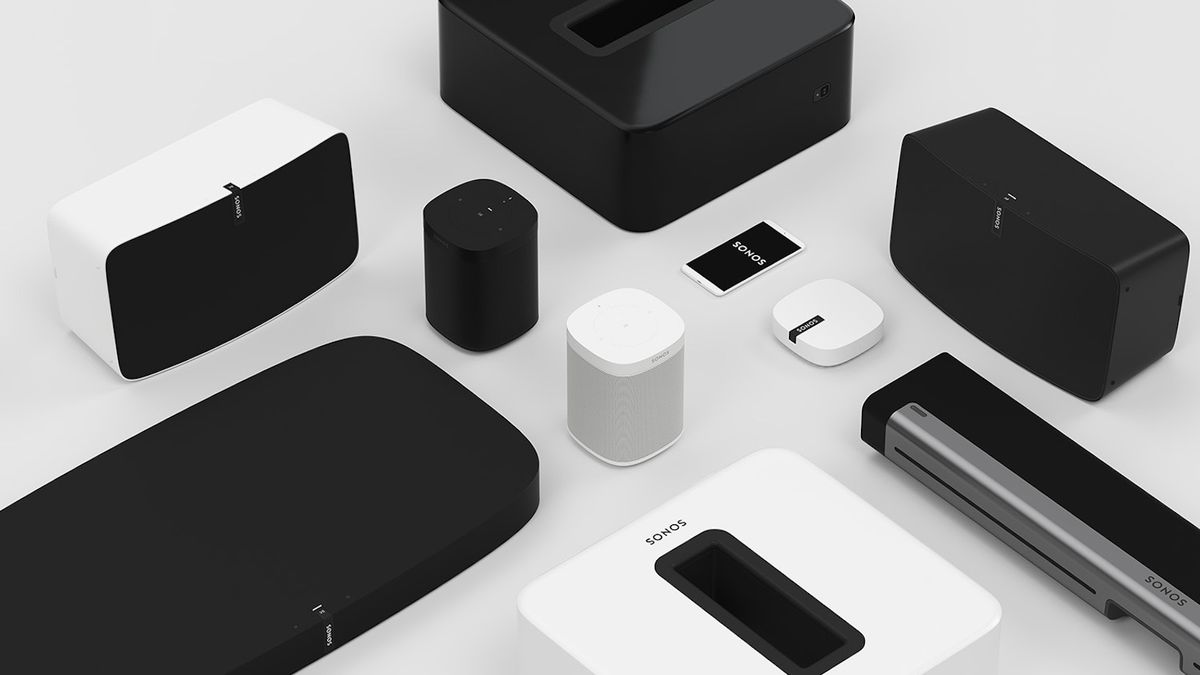After recently receiving a Rotel RA-1062 integrated that has probably been around since 2005 I was somewhat amazed to see in a post on another thread that went something along the lines of having an Arcam amplifier that was eight years old and still going was thought to be exceptional.
I am of the opinion that the demand for an amplifier to be much more than just that has led, particularly in the low to mid budget range, to amplifiers produced today to almost have an inbuilt redundancy.
Not content with an amplifier per se we now expect inbuilt DACs, Bluetooth, streaming facilities and who knows what else.
Being forced to include items like this and then build a device to a particular budget means cost savings somewhere.
Manufacturers are forced to use cheaper and less reliable components to assemble devices designed to keep customers happy and are often forced into areas where they have little or no previous experience.
I am talked about the construction of a decent DAC, getting into software to keep that streaming section going, installing Bluetooth modules into the design.
It's no wonder that life expectancy of amplifier has declined over the years when poorly designed and built modules fail and software corrupts.
This sort of thing can often bring an excellent builder of amplifiers in days gone by crashing to a somewhat derided manufacturer of today.
Feel free to discuss but, in my opinion, trying to put all of your eggs in one basket is not necessarily a good way to go within the lower end of the market spectrum.
I am of the opinion that the demand for an amplifier to be much more than just that has led, particularly in the low to mid budget range, to amplifiers produced today to almost have an inbuilt redundancy.
Not content with an amplifier per se we now expect inbuilt DACs, Bluetooth, streaming facilities and who knows what else.
Being forced to include items like this and then build a device to a particular budget means cost savings somewhere.
Manufacturers are forced to use cheaper and less reliable components to assemble devices designed to keep customers happy and are often forced into areas where they have little or no previous experience.
I am talked about the construction of a decent DAC, getting into software to keep that streaming section going, installing Bluetooth modules into the design.
It's no wonder that life expectancy of amplifier has declined over the years when poorly designed and built modules fail and software corrupts.
This sort of thing can often bring an excellent builder of amplifiers in days gone by crashing to a somewhat derided manufacturer of today.
Feel free to discuss but, in my opinion, trying to put all of your eggs in one basket is not necessarily a good way to go within the lower end of the market spectrum.


